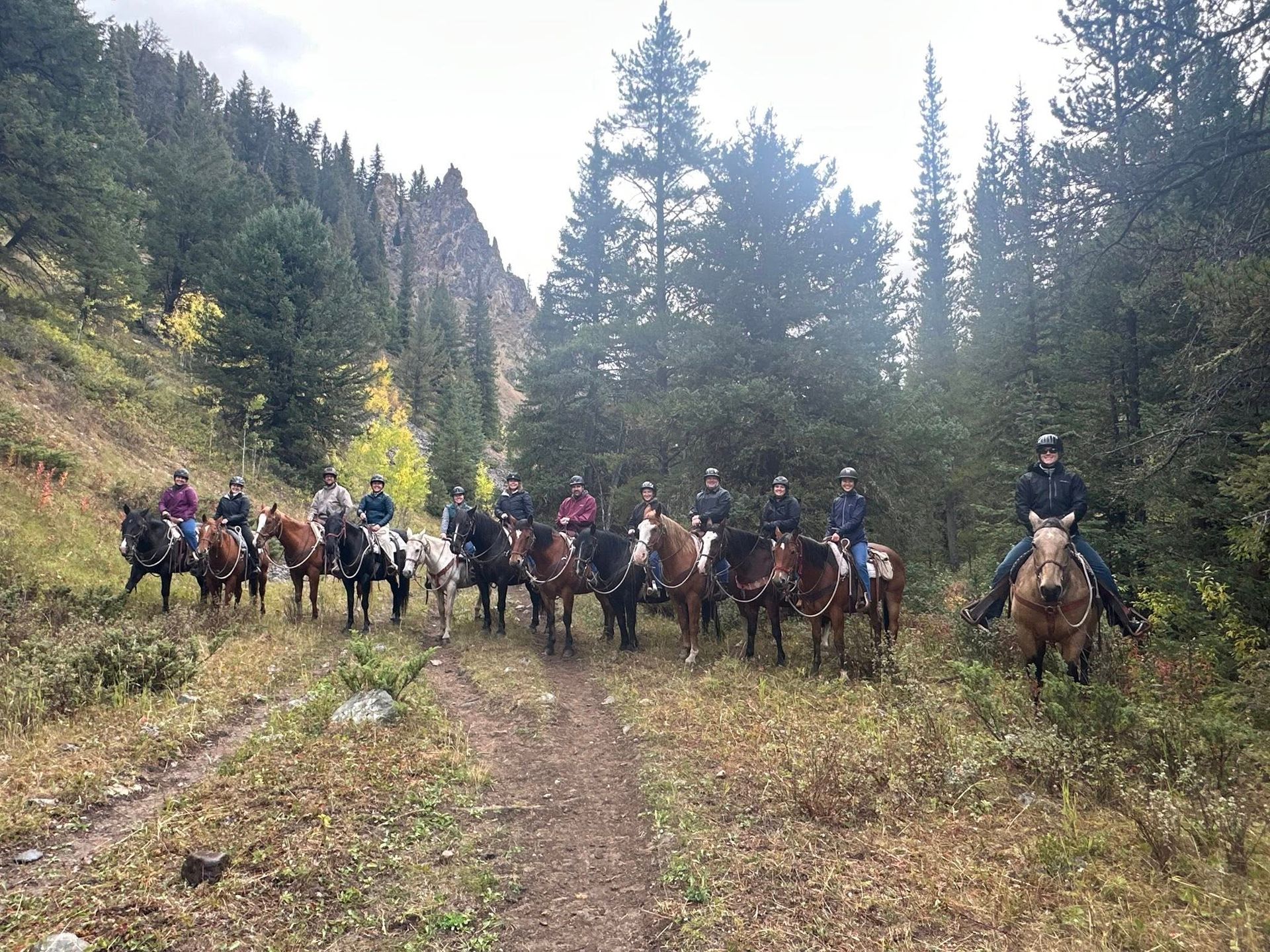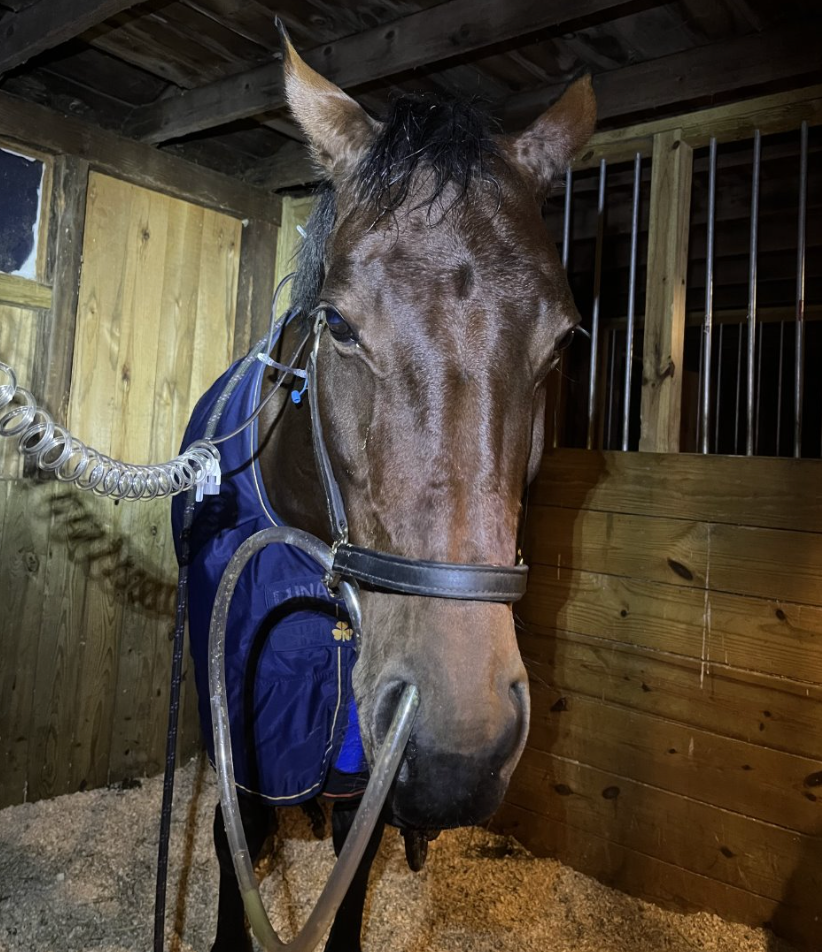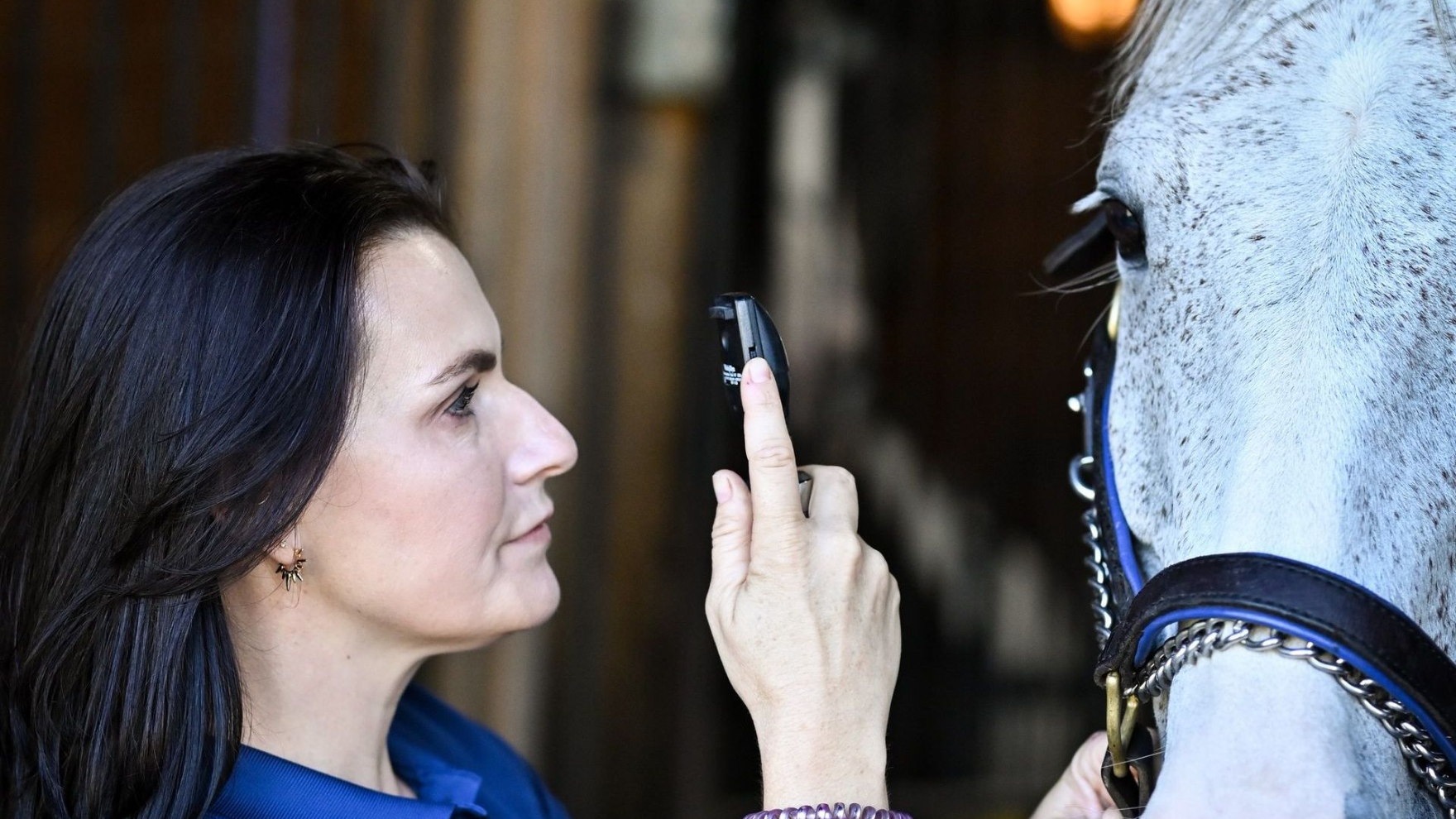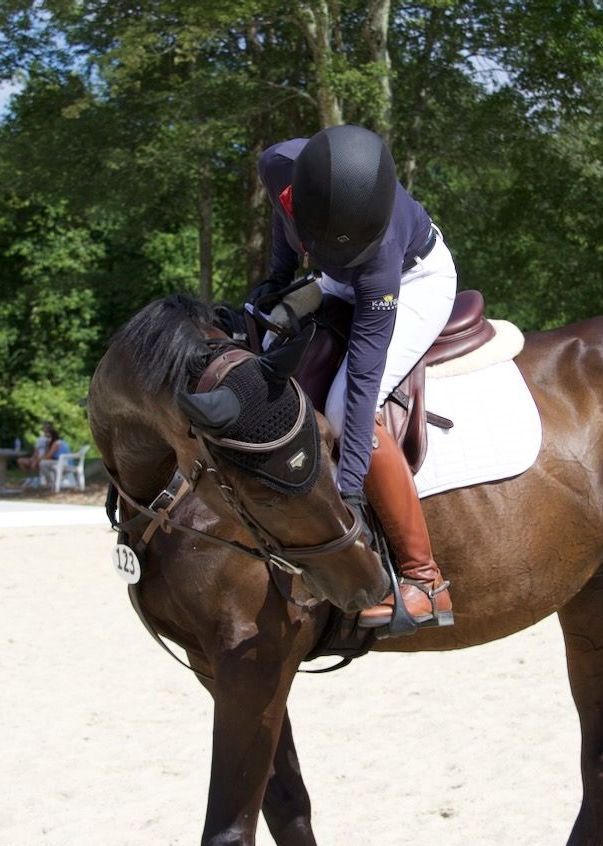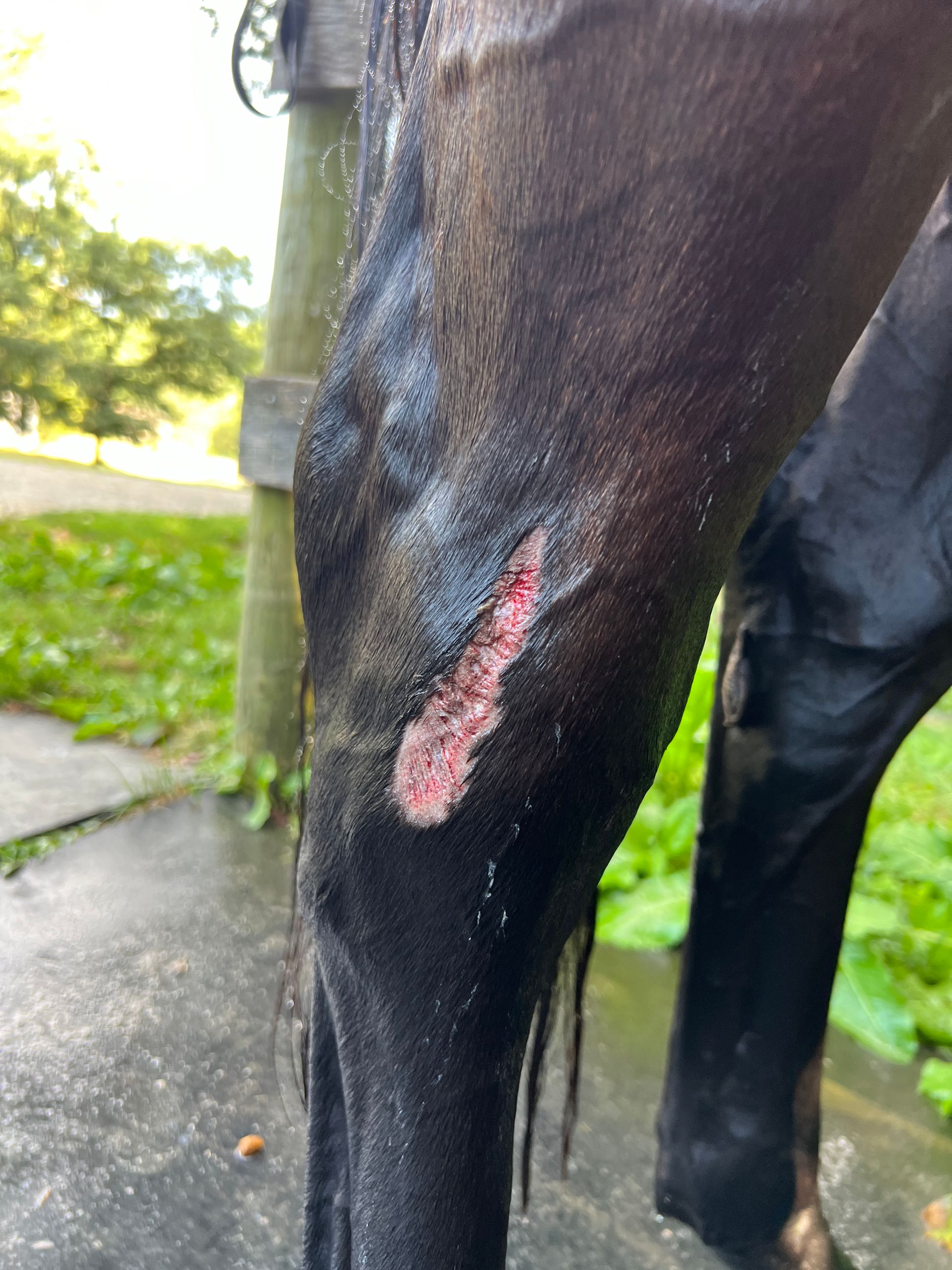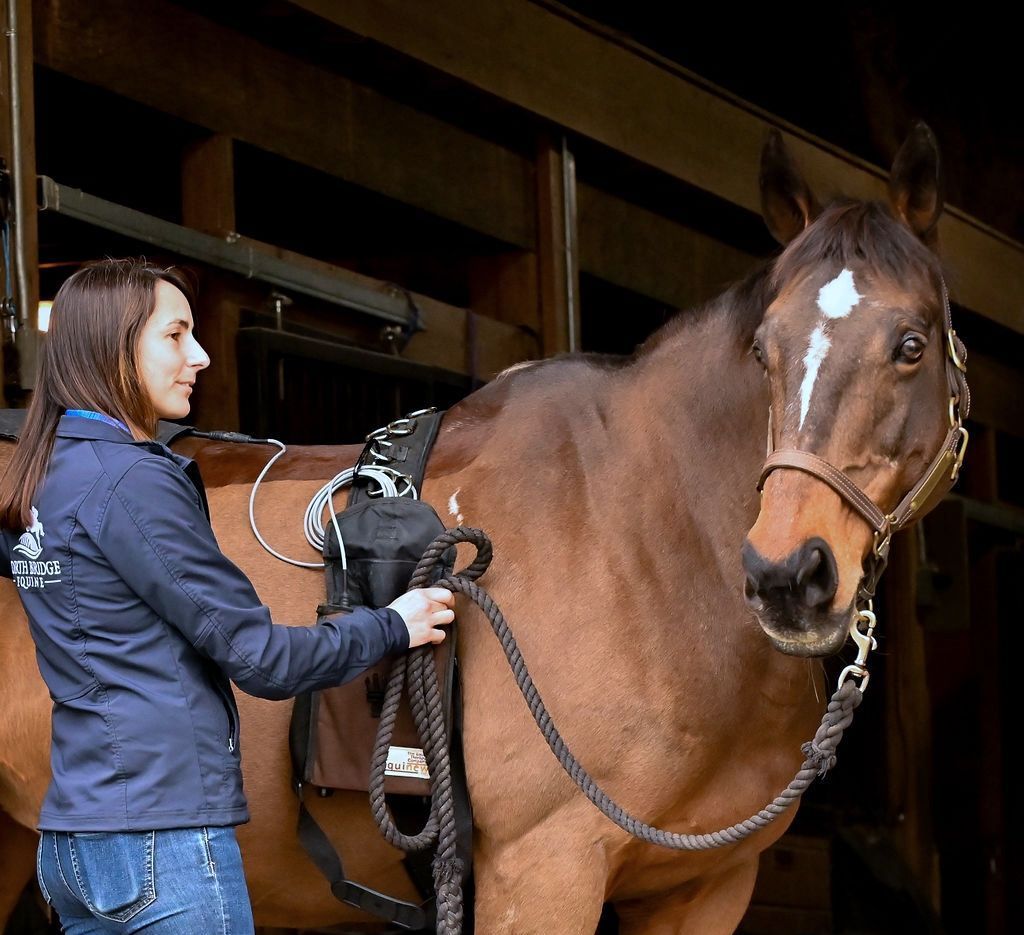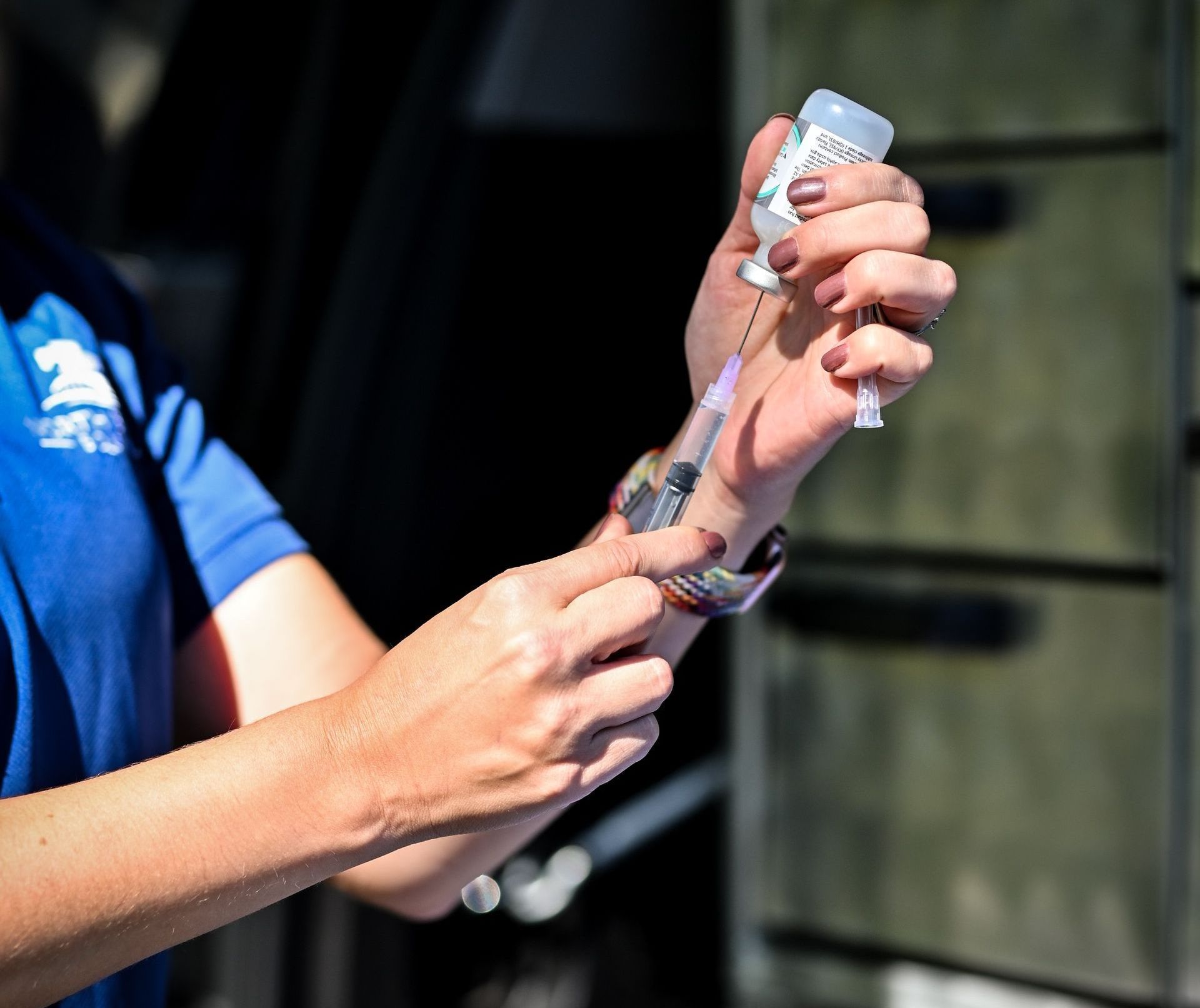Blog
Equine Cushing's Disease: Part II
The TRH Stimulation Test
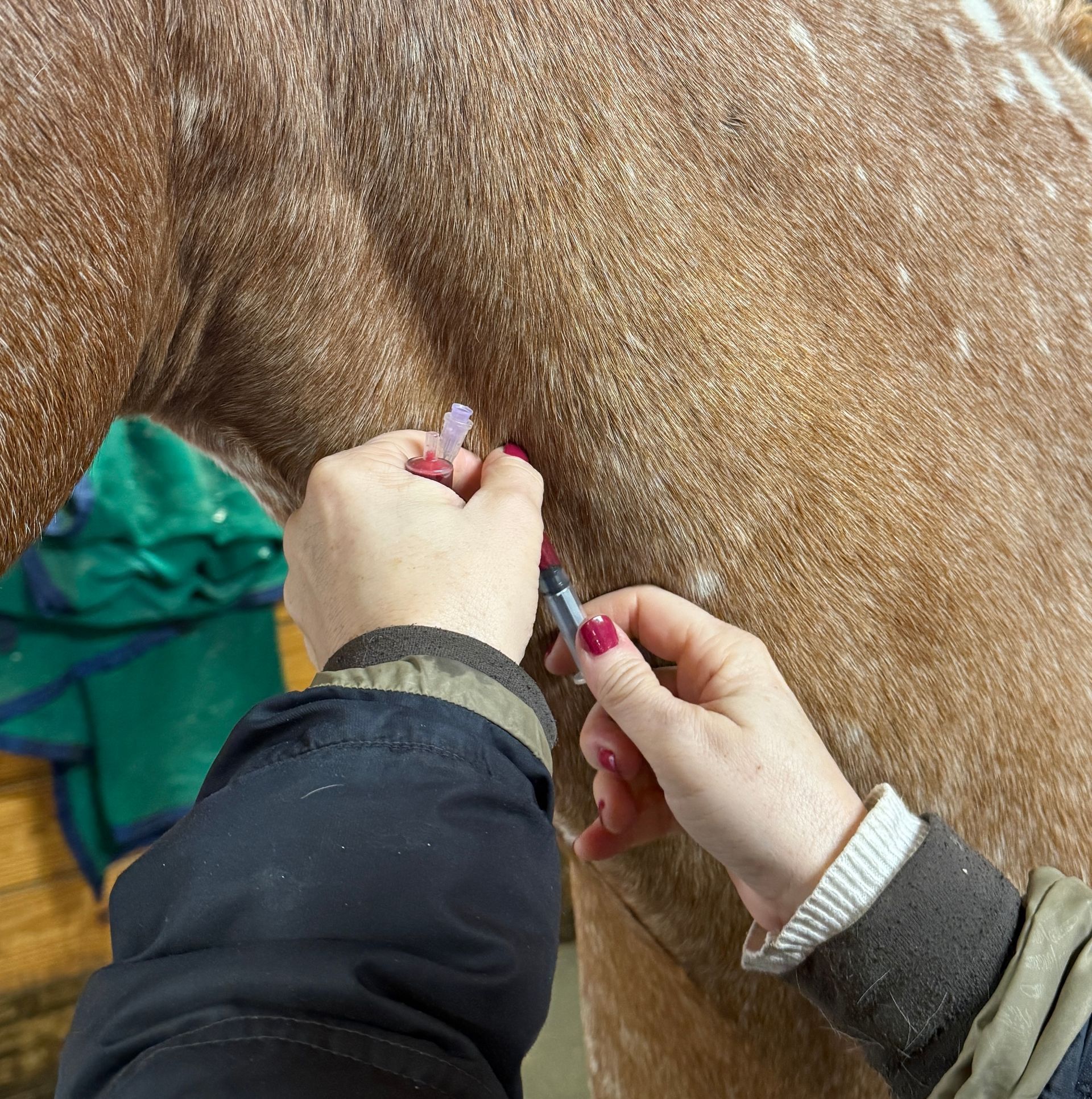
The equine TRH stimulation test is a diagnostic procedure we use to assess the function of the pituitary gland in horses suspected of having Equine Cushing's Disease (also known as Pituitary Pars Intermedia Dysfunction or PPID). PPID is a common endocrine disorder in older horses that results from dysfunction of the pituitary gland, leading to excessive production of certain hormones, particularly adrenocorticotropic hormone (ACTH). See our previous post for Part I.
Here's how the equine TRH stimulation test works:
1. Preparation:
Before conducting the test, the horse is typically fasted from grain for a period of time to ensure accurate blood sampling and minimize the influence of recent feed intake on hormone levels. Access to hay and forage is allowed.
2. Administration of TRH:
TRH, or thyrotropin-releasing hormone, is a hormone produced by the hypothalamus, a region of the brain that regulates various physiological processes, including hormone secretion by the pituitary gland. In the TRH stimulation test, a veterinarian administers a specific dose of synthetic TRH intravenously or intramuscularly to the horse.
3. Blood Sampling:
Just prior to and following the administration of TRH, blood samples are collected from the horse at specific time intervals, typically at baseline (before TRH administration) and at designated time points after TRH administration, such as 10, 20, and 30 minutes.
4. Measurement of Hormone Levels:
The blood samples collected during the test are analyzed to measure the concentration ACTH. ACTH is the hormone primarily associated with PPID, and its levels are often elevated in affected horses due to dysfunction of the pituitary gland.
5. Interpretation of Results:
The equine TRH stimulation test helps veterinarians assess the pituitary gland's response to TRH stimulation. In horses with PPID, the pituitary gland may exhibit an exaggerated or prolonged release of ACTH in response to TRH administration compared to healthy horses. Elevated ACTH levels following TRH stimulation are indicative of pituitary dysfunction and support a diagnosis of PPID.
It's important to note that the equine TRH stimulation test is just one of several diagnostic tools used to evaluate horses suspected of having PPID. Veterinarians may also consider clinical signs, such as abnormal hair growth, excessive drinking and urination, lethargy, and laminitis when making a diagnosis of PPID and determining the appropriate treatment and management plan for affected horses.
Overall, the equine TRH stimulation test plays a valuable role in diagnosing PPID and guiding treatment decisions, helping veterinarians provide optimal care for horses affected by this common endocrine disorder. This test allows us to catch horse's in the early stages of Equine Cushing's Disease so that we can prevent the significant health problems caused by this disease.
Recent Posts
